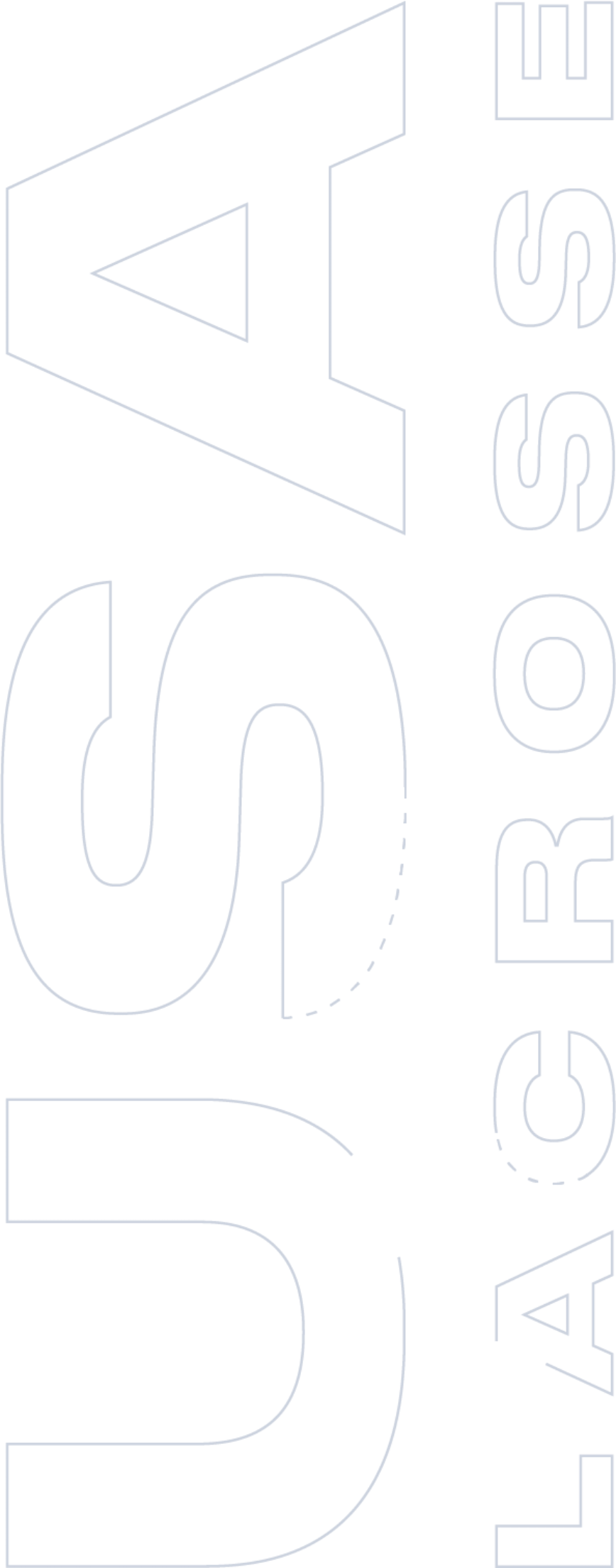Lacrosse is for everyone, including players with a wide range of disabilities.
Everyone should have the opportunity to play lacrosse and feel included, accepted, and valued regardless of their ability or disability. Welcome to Adaptive Lacrosse — a modified version of the game that is designed specifically for the inclusion, safety, and enjoyment of players with disabilities. Make your program more inclusive and accessible with Adaptive Lacrosse!
Resource Library
Find resources on how to start an Adaptive Lacrosse program, modify activities and equipment, and provide disability inclusive programming in your community.
View Resources

Adaptive Lacrosse Formats
Inclusive Lacrosse
Inclusive Lacrosse is designed to include players with a wide variety of disabilities. Any athlete with a disability may participate with appropriate support. Inclusive Lacrosse is often played in a station-based clinic format on natural grass, synthetic turf, or basketball court depending on the accessibility needs of the players.
Unified Lacrosse
Unified Lacrosse is designed to allow players with and without disabilities to play together on the same teams. Unified Lacrosse is often played by neurodivergent players and players with other cognitive or developmental disabilities in a station-based clinic or small-sided game format.
Wheelchair Lacrosse
Wheelchair Lacrosse is designed for players with disabilities that affect their mobility. Games are played 7v7 on a solid surface roller hockey rink using a no-bounce lacrosse ball and box lacrosse goals. A non-contact 3v3 version may also be played on a basketball court. Teams are often mixed gender and mixed ability. The same sport wheelchairs that are used for wheelchair basketball may also be used for wheelchair lacrosse. LEARN MORE
Impairment-Specific Formats
Impairment-specific formats are designed to allow players with similar disabilities to play alongside and against each other. Some examples of impairment-specific formats include programs for athletes with amputations/limb differences, vision impairments, and hearing impairments.
Mainstream Formats
Players with disabilities can and do participate in typical or “mainstream” formats of lacrosse at all levels of play—from youth to the pros. Anyone with the desire and ability to play a mainstream format of lacrosse with reasonable accommodations should be allowed to do so.